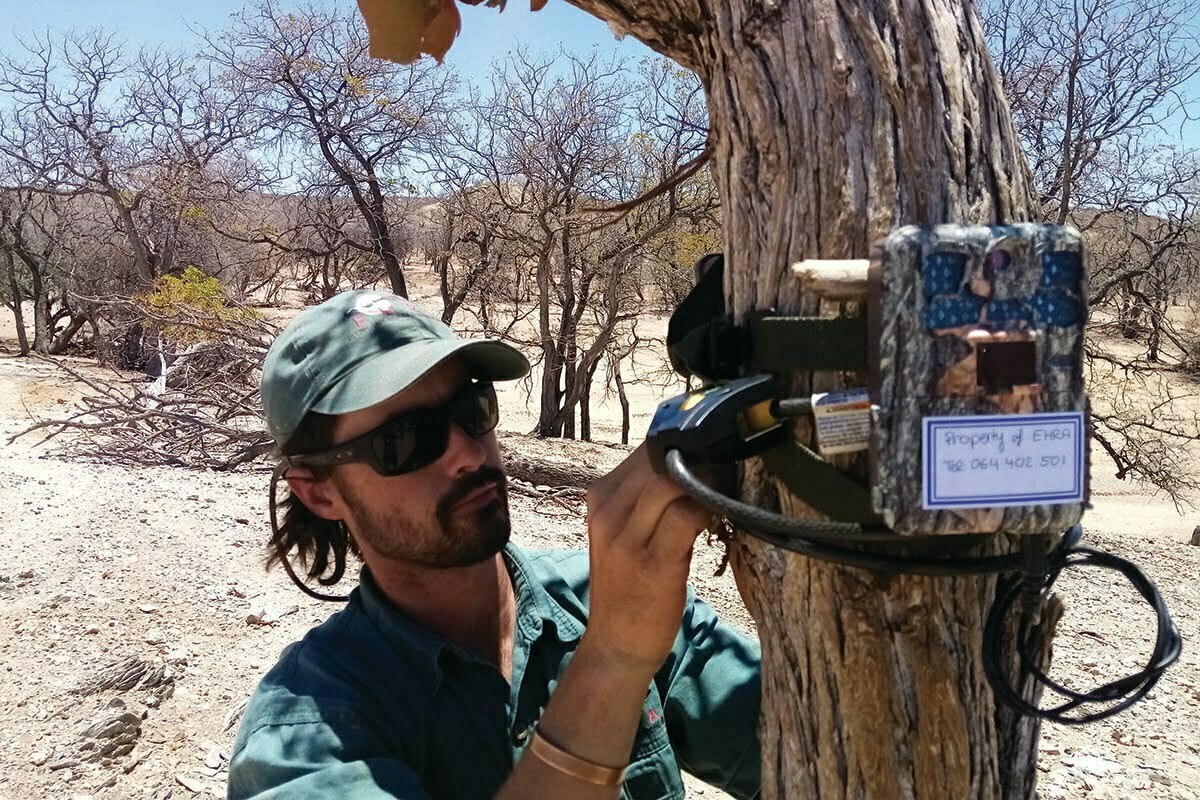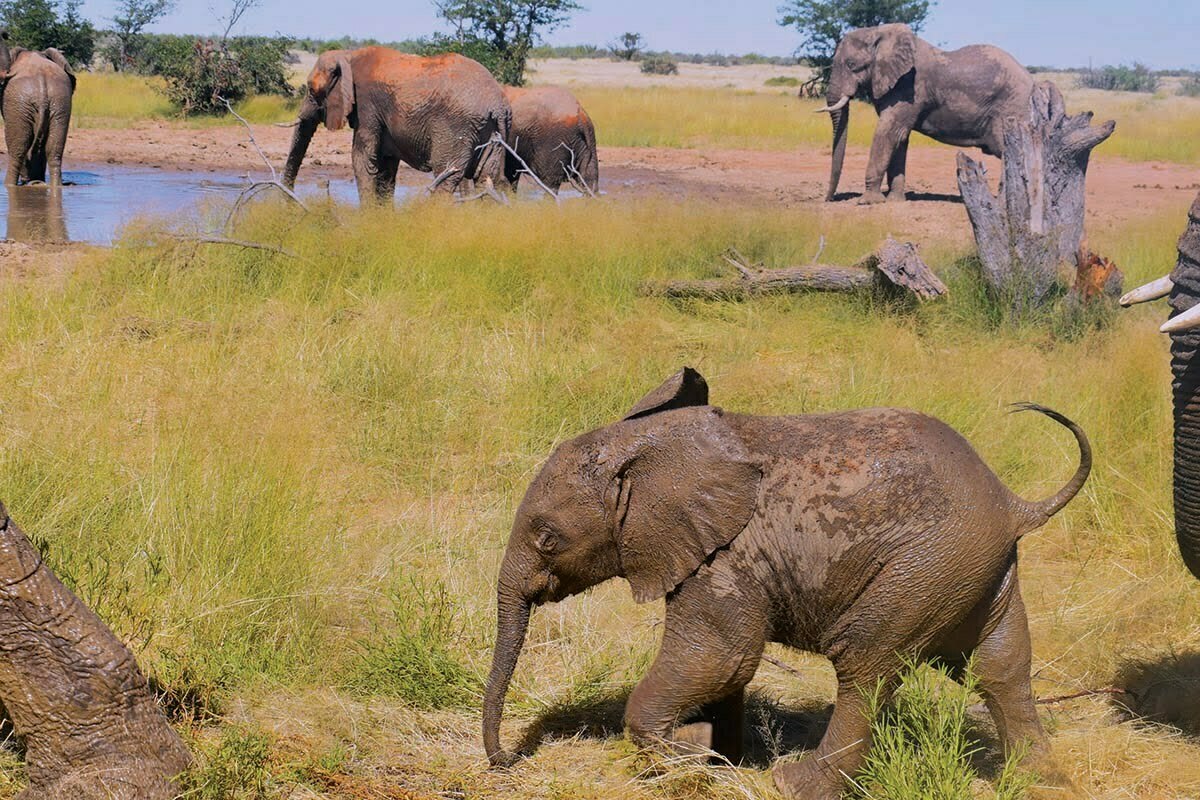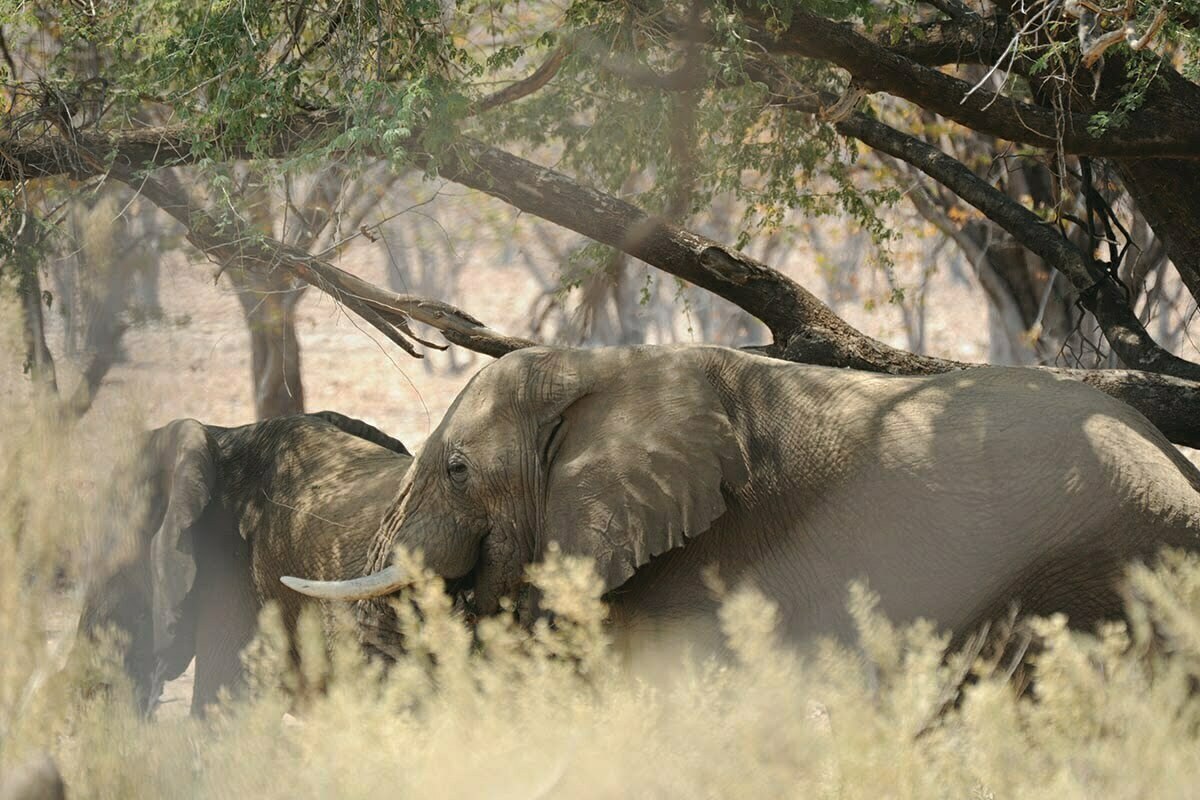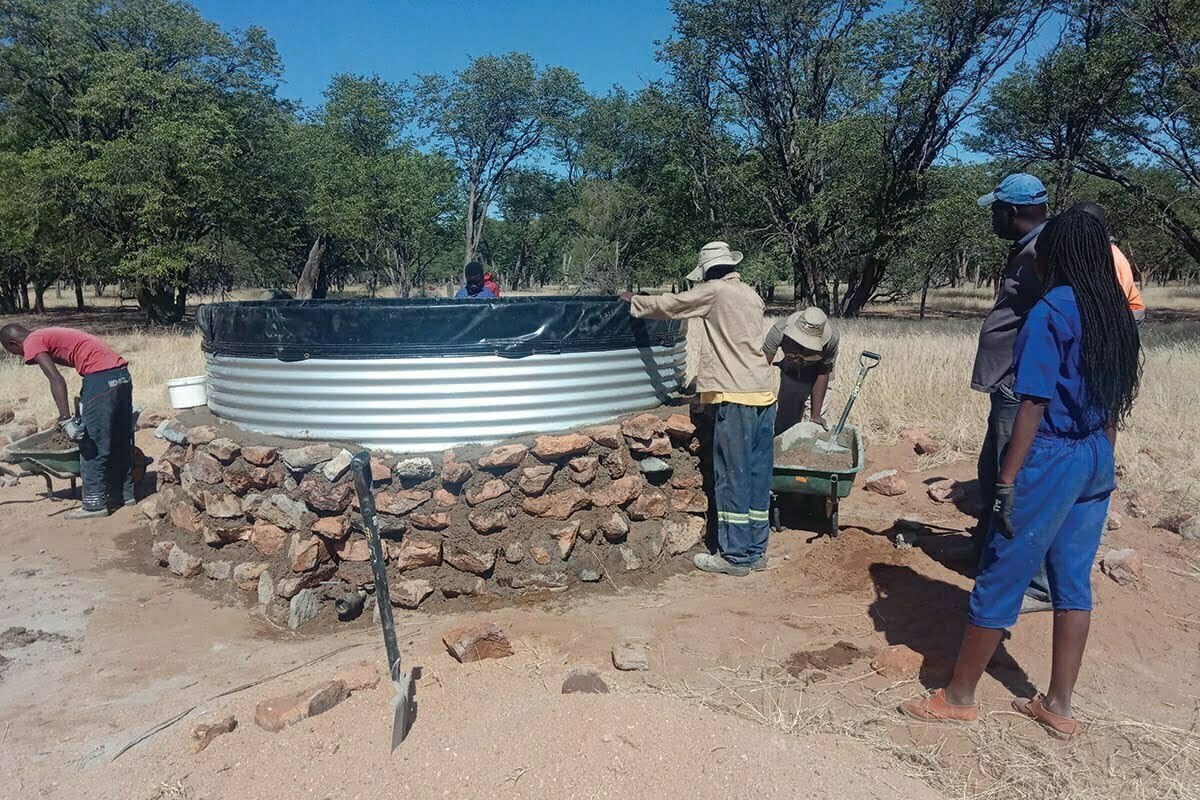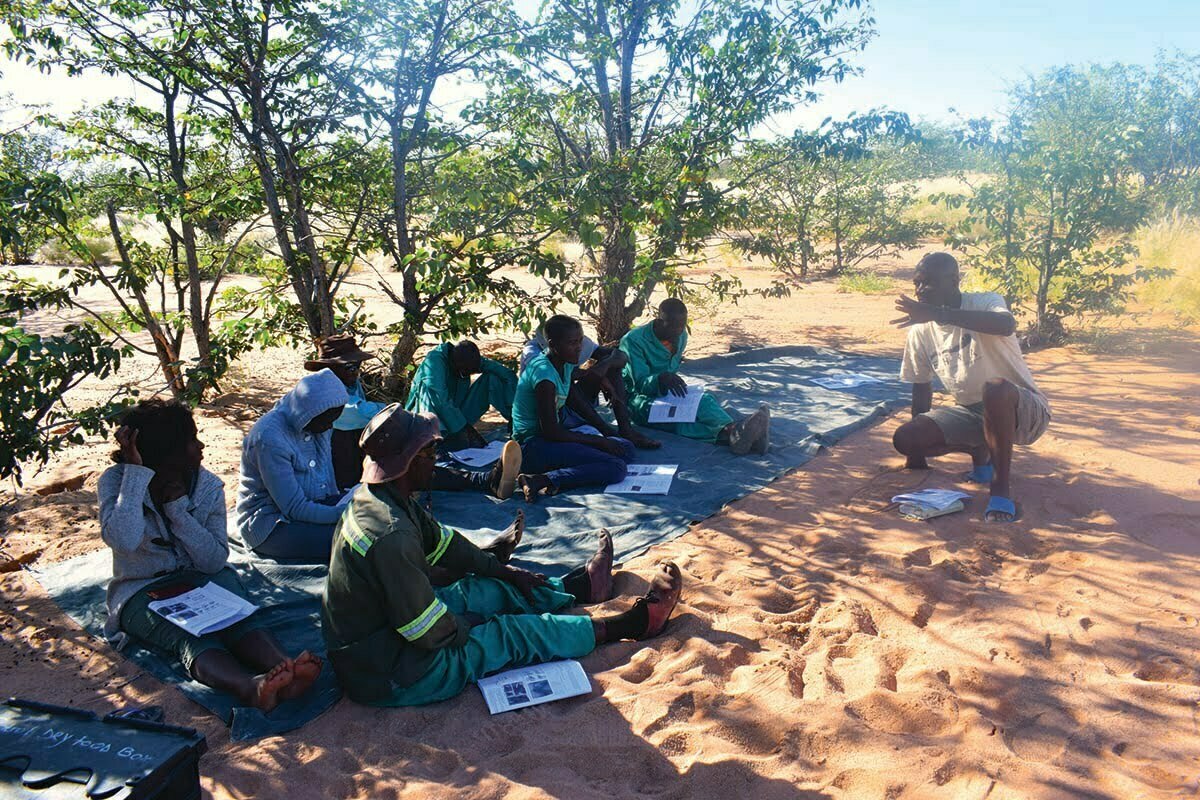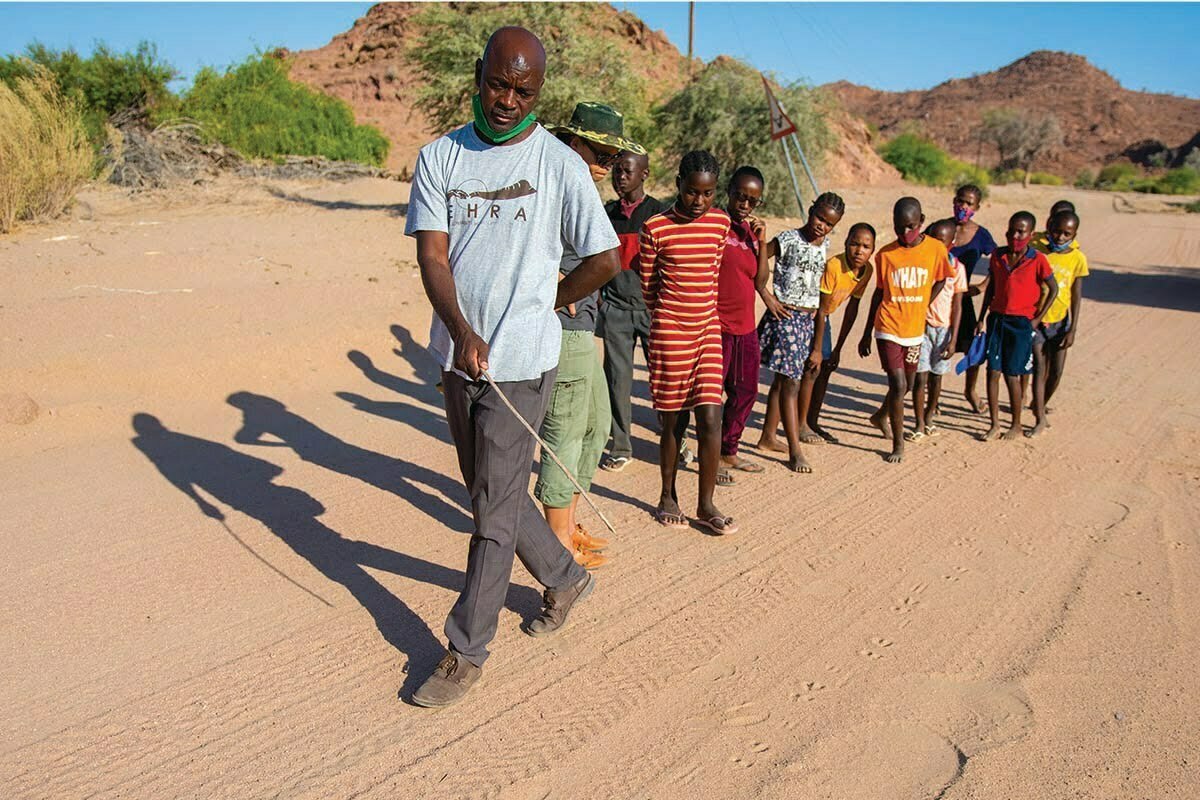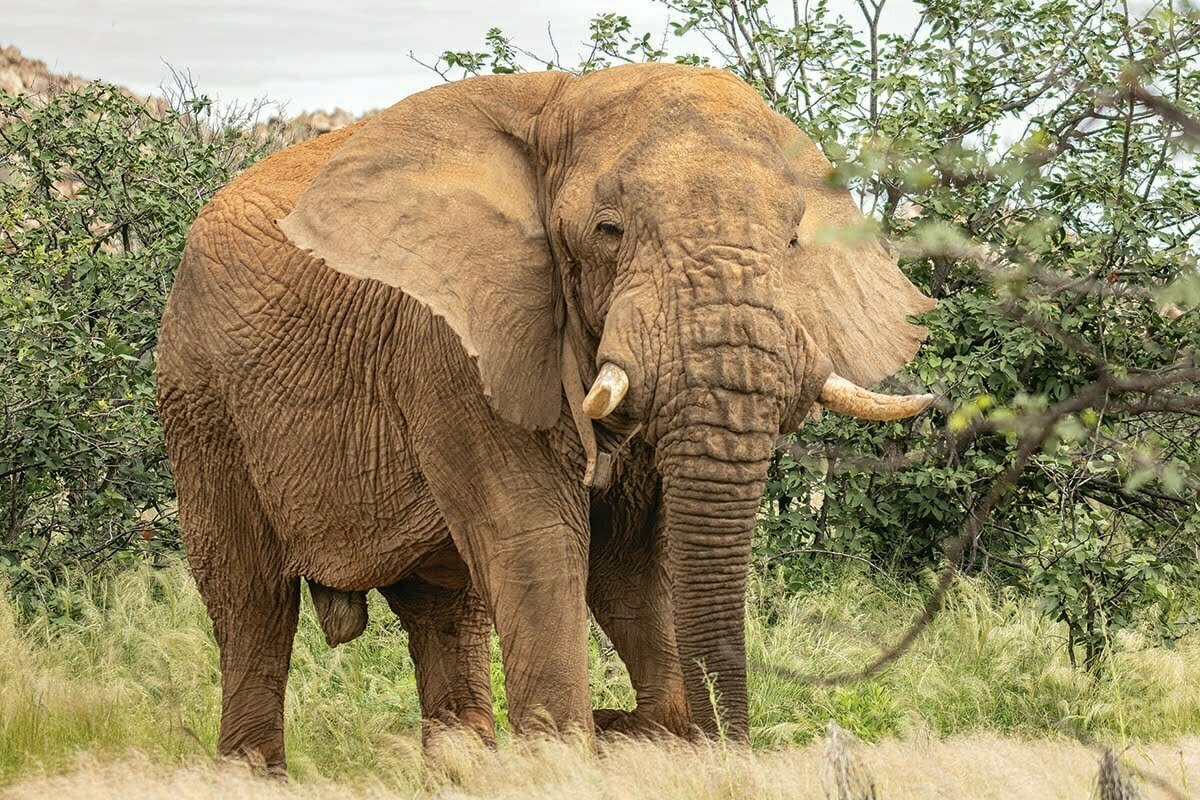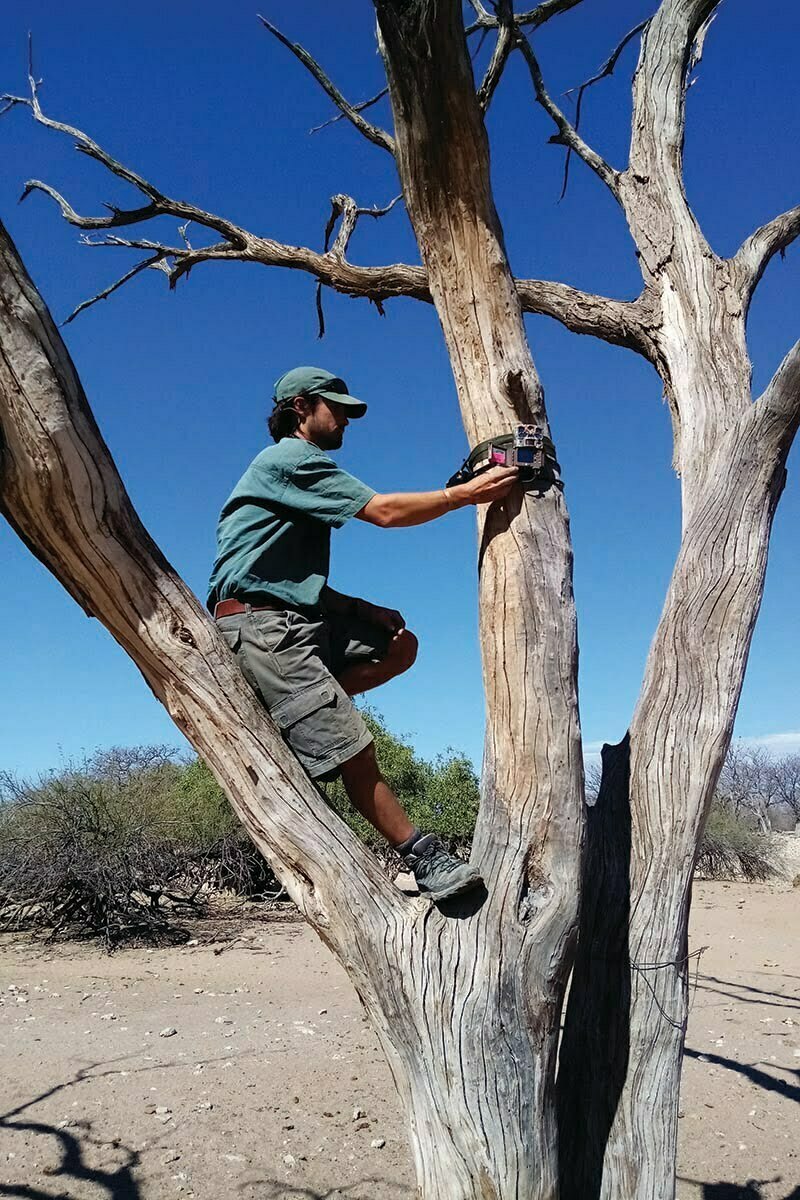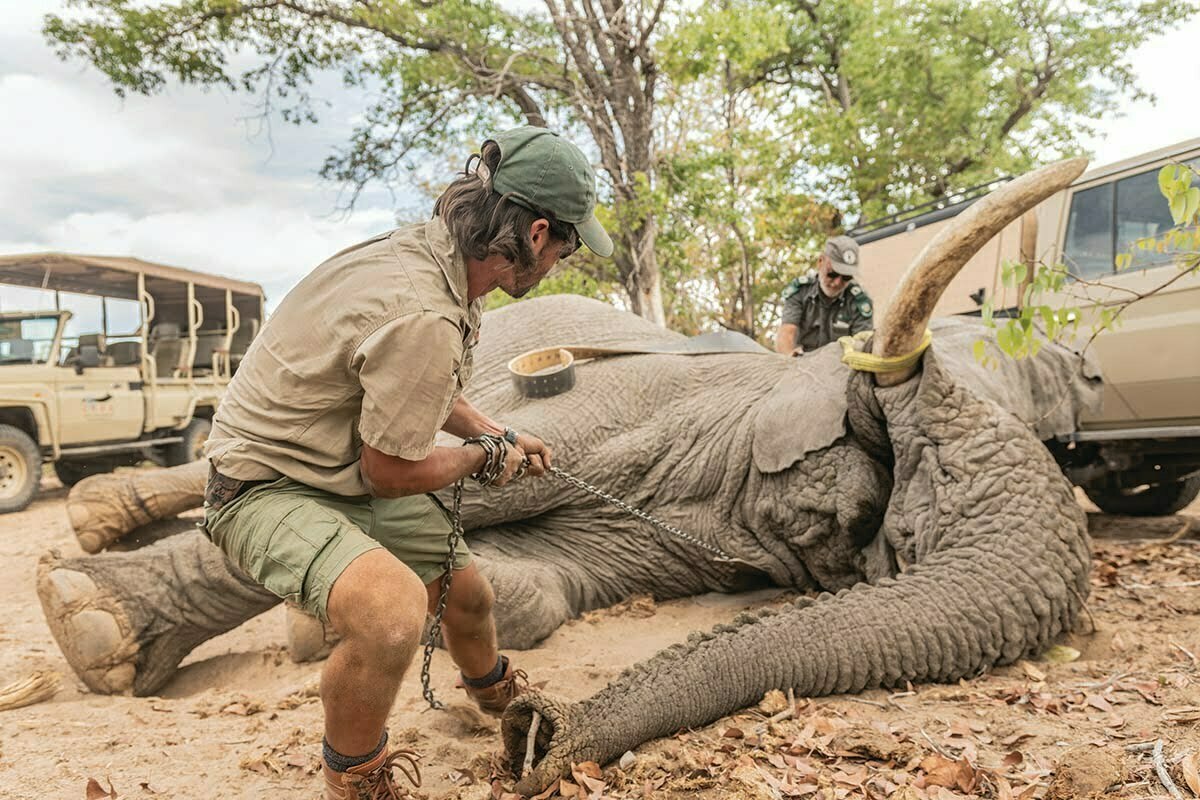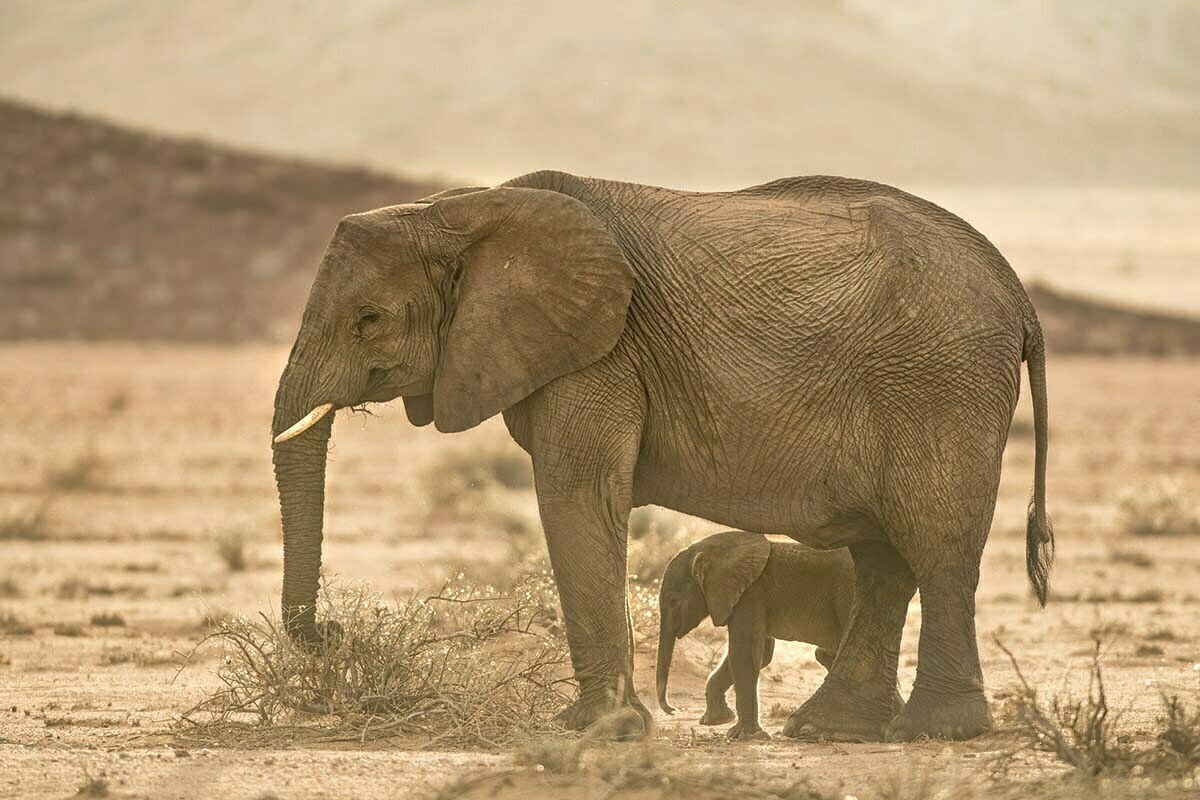Promoting Peaceful Coexistence Through Community-Based Elephant Education

Working in Namibia’s semi-arid desert northwest, where elephants roam outside of national parks and share natural resources with rural communities, this project spans three regions (Erongo, Kunene and Otjozonjupa Regions) and two Elephant Management Areas (Greater Omatjete and Kunene South). Communities and farmers in these areas face severe threats from elephants resulting in resentment, hostility, and threats to the desert elephants who share the landscape. As human-elephant conflict (HEC) is the main driver of the constant elephant population decline, HEC mitigation directly impacts elephant survival. Therefore, elephant safety education through the community-based Elephant Guards forms a pivotal aspect of preventing or easing HEC. To improve the relationship between people and elephants, activities include educating and training people on how to mitigate conflicts and interpret elephant behavior to improve individual safety, safeguarding rural homesteads and gardens, and deterring elephants with non-lethal tools. This project also has a first-ever human-elephant coexistence award competition where ‘elephant-safe’ homesteads and gardens are recognized.
IEF #AF1036
REPORTS:
Project Years: 2020 – 2024
Project Partners:
Christin Winter, Elephant Human Relations Aid, Namibia

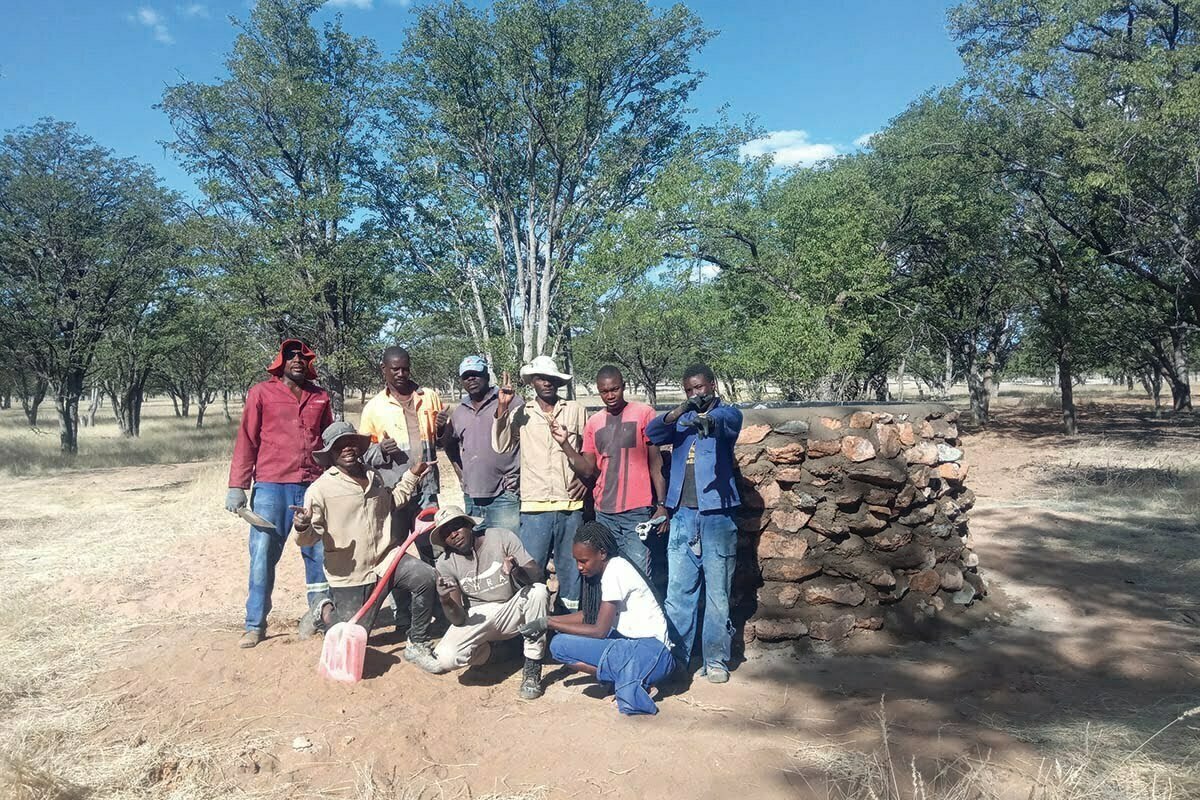
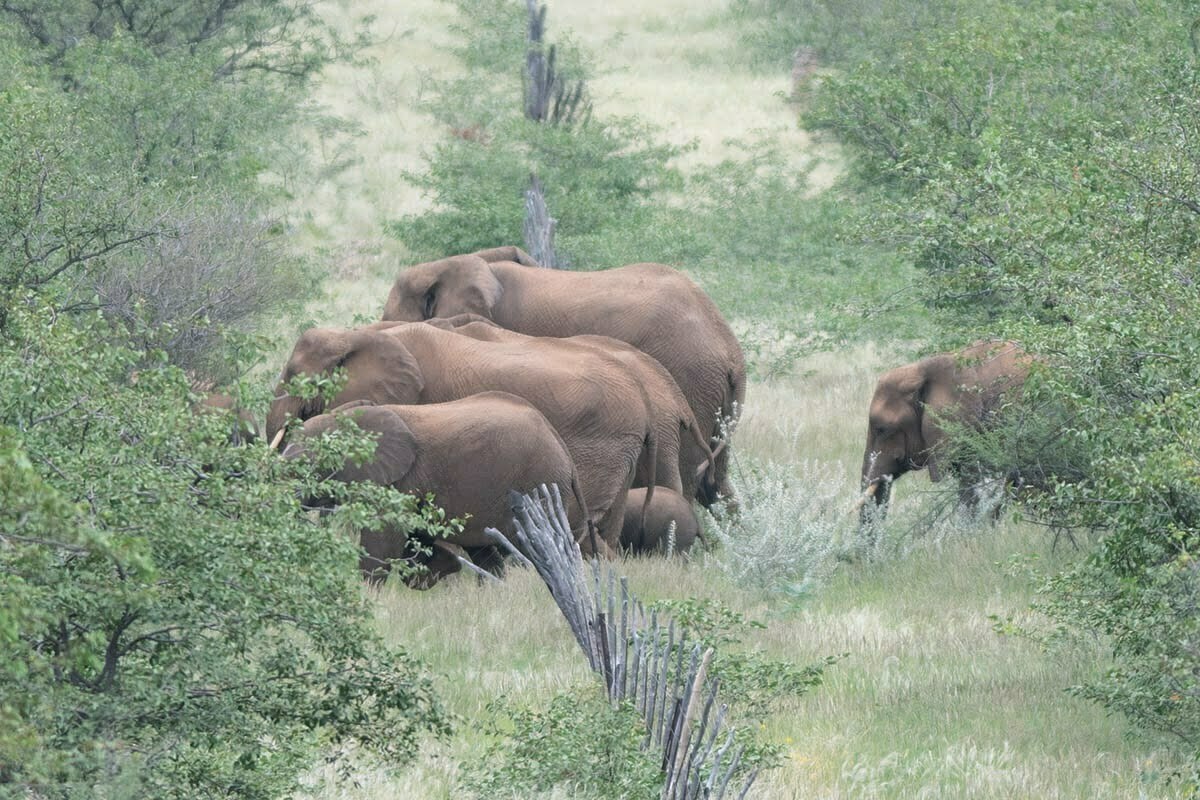
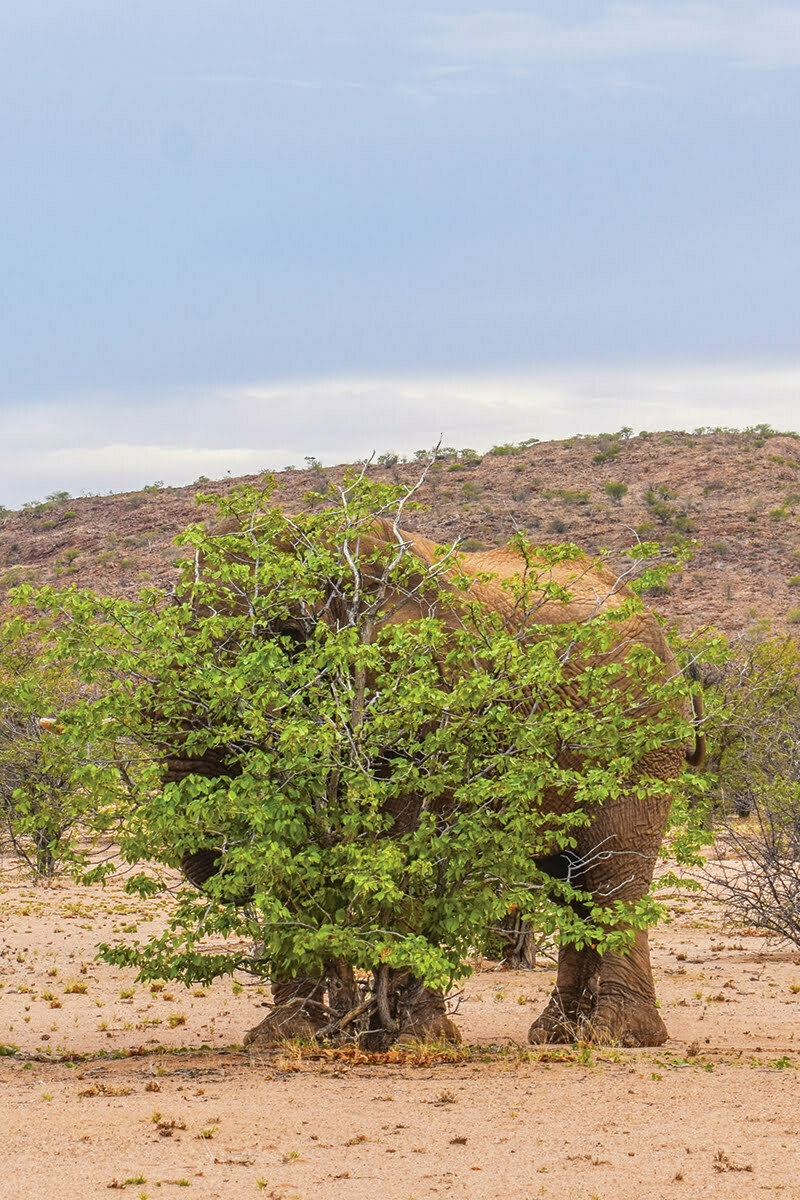
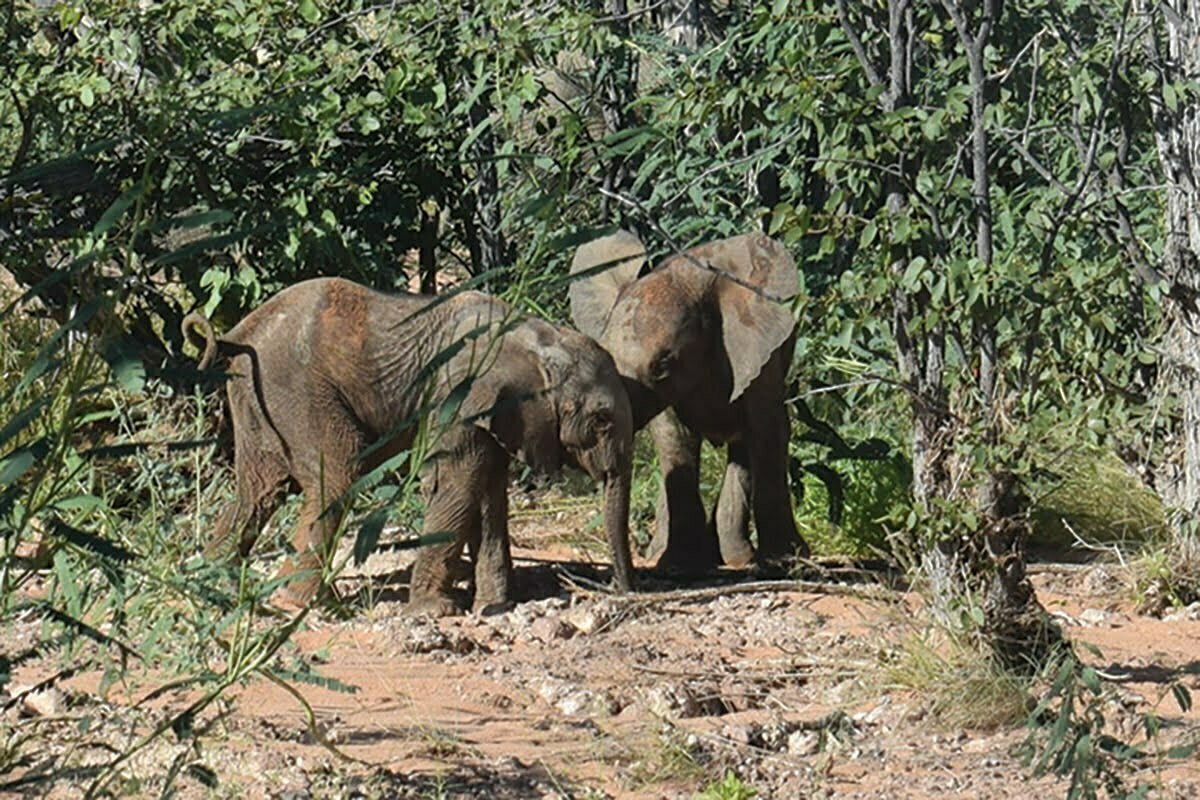
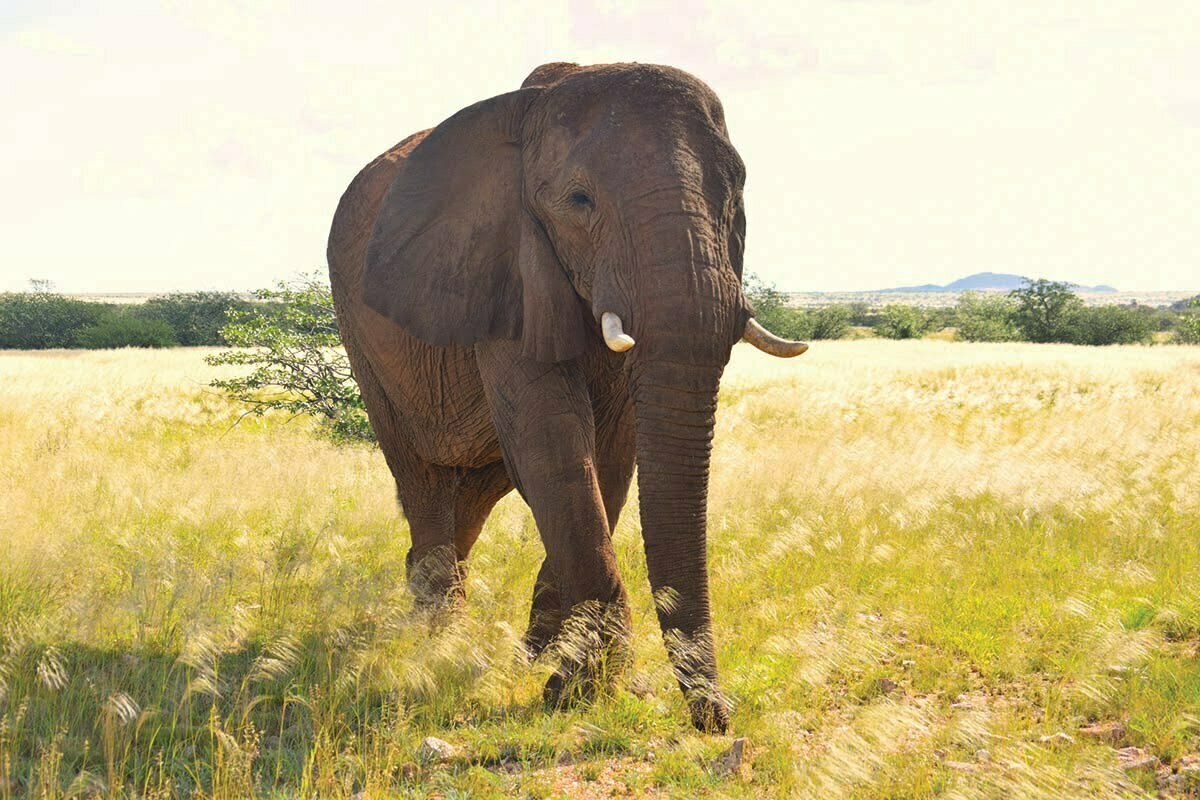
![P00[858:844] TT[120] E[183:0025]G[000:0x00] BV[150:0] IR[X:F:34]](https://elephantconservation.org/wp-content/uploads/2022/10/IMG_0284.jpg)


